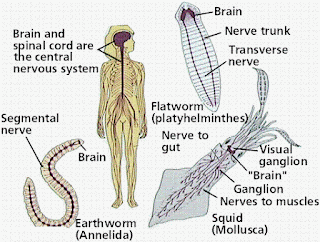King Coconut is a type of Coconut which native to Sri Lanka. It is a popular fruit in the world, and it has many benefits. Scientific Name is Cocos nucifera var. aurantiaca. King Coconut water has sweet taste. King Coconut is an orange colour coconut and Sri Lankan people called it as “Thembili”.
King coconut
has liquid edible endosperm (King coconut water) and solid endosperm which is
called kernel. King coconut kernel is a delicate spongy material which is rich
in antioxidants, flavonoids and phytochemicals.
King coconut
water is nutritional beverage which contains sugar, vitamins, minerals, and
amino acids. King Coconut water is a perfect drink that helps to keep human body
rehydrated. Also, it can delay exhaustion. Further, it can be used as a
refreshing drink to balance body electrolytes. King coconut is rich in Vitamin
C, So it can be used as a dietary antioxidants. It directly influence on rapid
intestinal absorption. Other than that, King coconut water helps to blood sugar
restoration.
King coconut water has anti-aging effects to the skin. Magnesium maintains low blood sugar level against the type 2 Diabetes. It good at blood circulation in the kidneys. That causes to profuse diuresis. Further, king coconut water affect cardio protection. Therefore, King coconut water is identified as a medicine. It keeps the body away from diseases. And, develops internal functions of the human body. King coconut water is relaxation beverage in the sunny days. It has a cool effect that keep a healthy body. Further, King coconut water is used to make Vines. Also, it is added to various meals. Therefore, it is difficult to identify King coconut as a fruit. It is a medicine as well.























